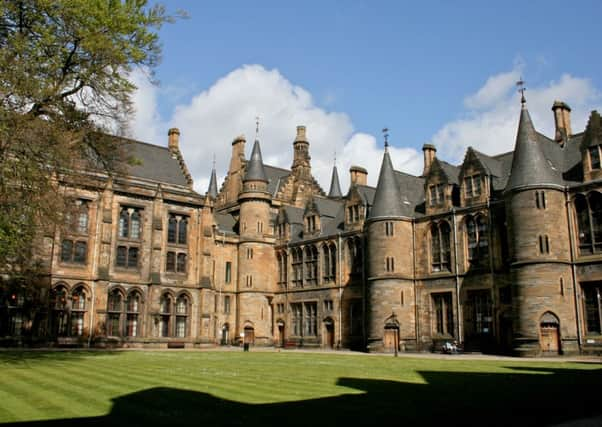Glasgow University uncovers relic looting networks


In the first ever empirical study of a statue trafficking network, researchers have revealed the global network of criminals needed to illegally traffic antiquities from ancient archaeological sites to museums and collections around the world.
The study by criminologist Simon Mackenzie and lawyer Tess Davis, both of the University of Glasgow, traced the figures involved along the trafficking chain, beginning with the theft of the antiquity - in this study from Cambodian temples - and ending with its sale to a legitimate buyer.
Advertisement
Hide AdAdvertisement
Hide AdThe researchers took the unique step of visiting looted sites to meet locals and identify the early links in the supply chain to the antiquities market. Previously, studies on the subject had started their research with antique dealers.
The study revealed that in some cases there were as little as three or four middle-men separating the looters from a legitimate collector.
The research, which was carried out by the Trafficking Culture research group in the Scottish Centre for Crime and Justice Research, based at the University of Glasgow, focused six major archaeological sites in north-west Cambodia.
These included ancient temple sites at Angkor, the ruins of Koh Ker a 10th century city, the 11th century temple of Phnom Banan, the sprawling 12th century religious complex of Preah Khan of Kompong Svay and the temples of Sambor Prei Kuk, believed to be almost 1,300-years-old.
Their research began with the locals who lived around the temples - some of whom had been involved in the looting themselves.
The team interviewed elders and religious leaders, along with ordinary members of the communities, then worked up the chain toward the international cultural property dealers.
The study is funded by the European Research Council and the aim of the wider project is to examine the entire chain from the antiquity theft to its public sale.
The looting would begin with a regional ‘broker’, who would organized the looting of statues and deliver them to towns with connections where they would then be transported to the Thai border.
Advertisement
Hide AdAdvertisement
Hide AdProfessor Simon Mackenzie said: “This is an important study, adding to our very limited knowledge of the early stages of trafficking networks in looted cultural heritage. The research shows how looting of temples connects to the public international market in cultural objects, and we found there were in this case relatively few steps between collectors and the looters.
“It raises serious questions for collectors of Khmer antiquities, who may not have been aware of the illicit origins of the artefacts they have bought. Encouraging stringent provenance checking of prospective acquisitions by buyers in the market is key to preventing the criminal side of the antiquities trade from flourishing.”